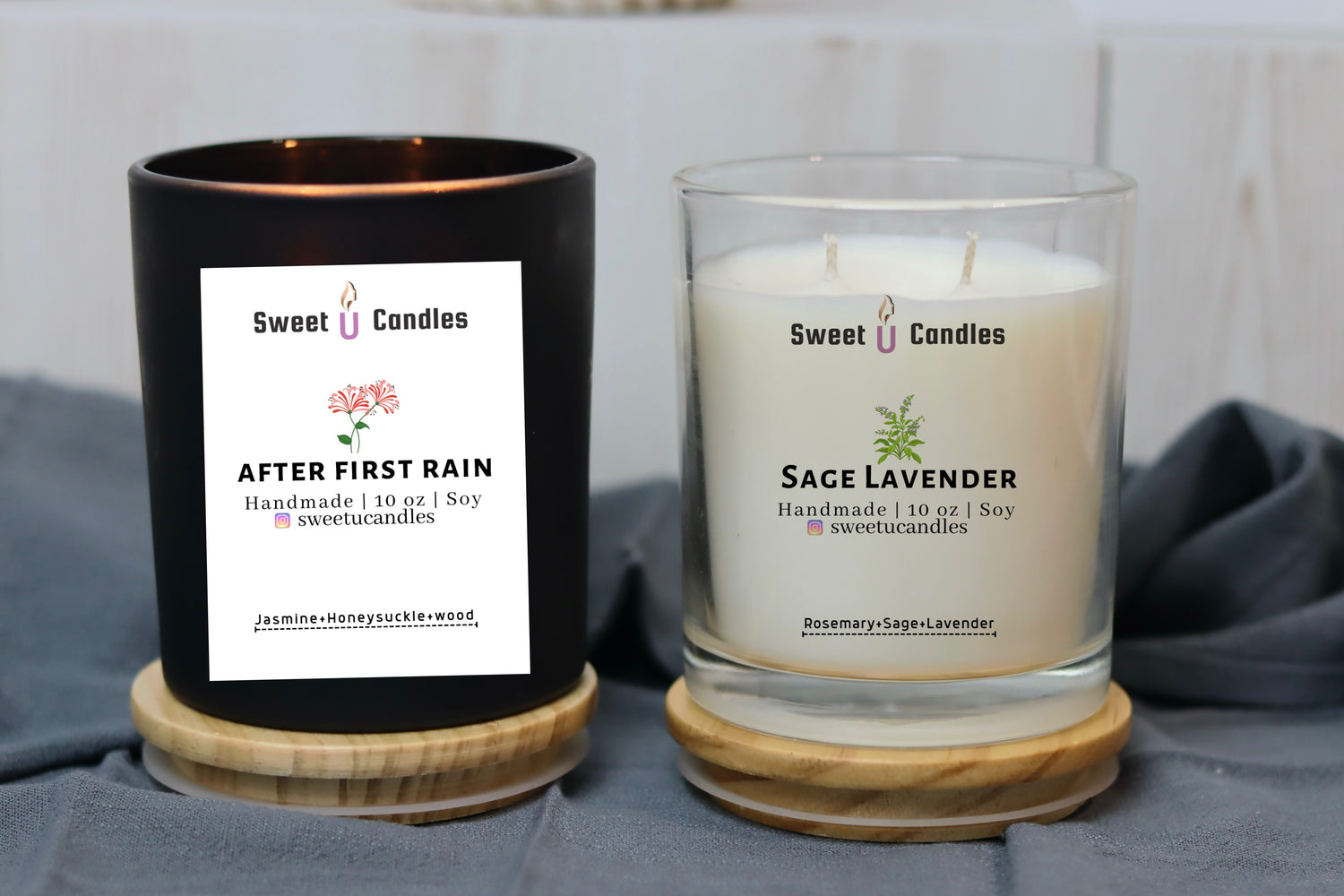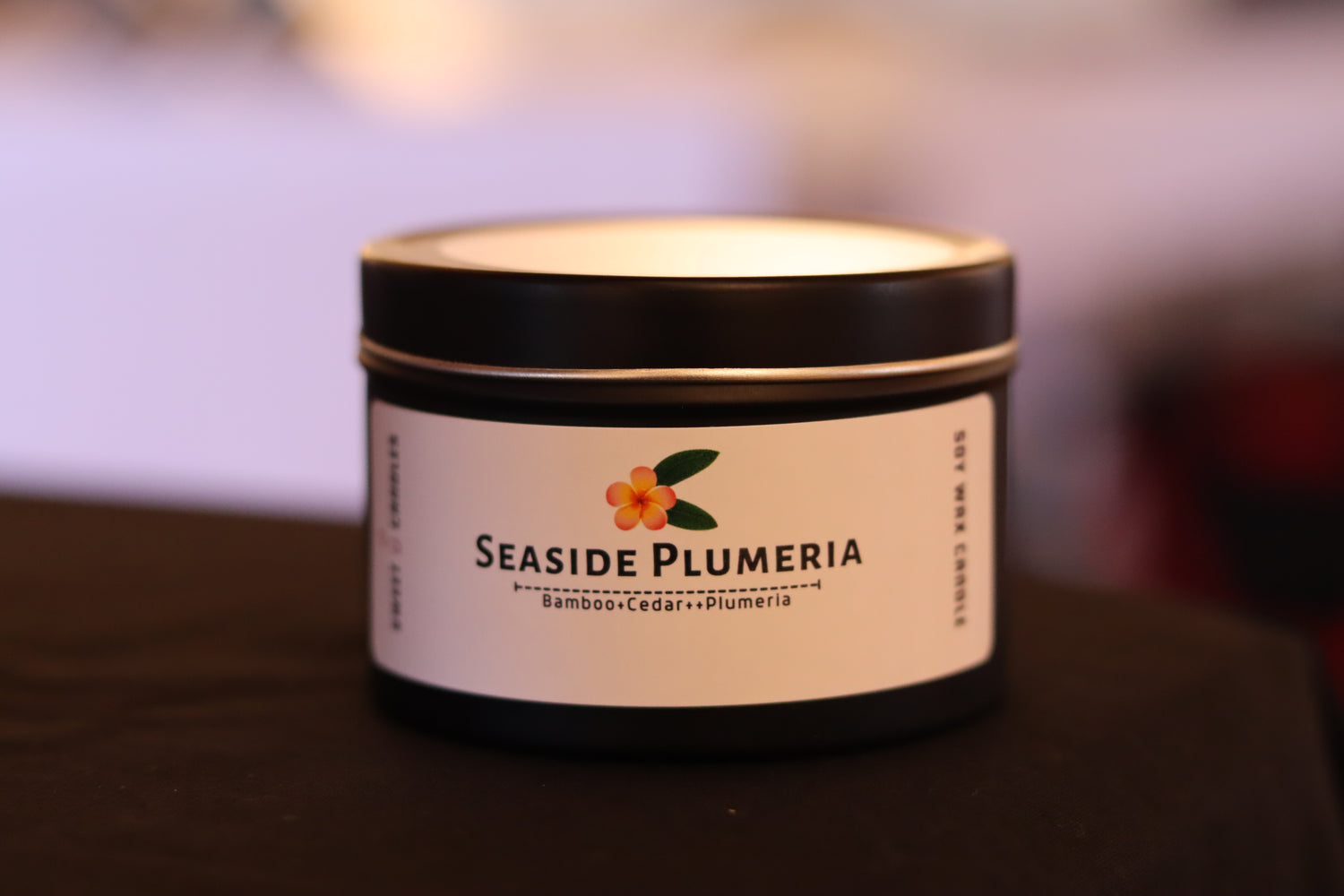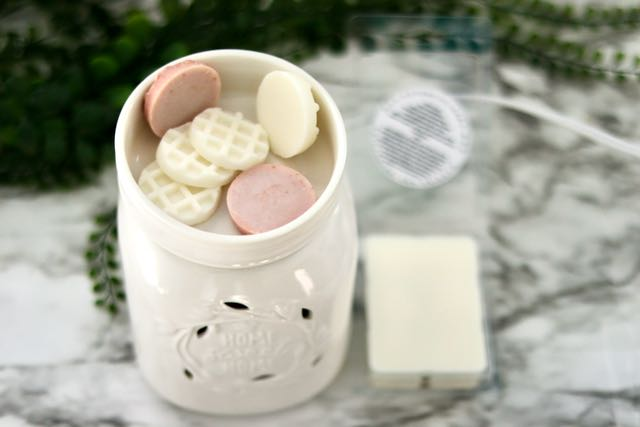Within the candle crafting circles, guidance has been shared on testing and achieving ideal melt pool configurations, emphasizing that a candle ought to reach a complete melt pool within a number of hours equal to the container's diameter in inches.
A Melt Pool refers to the liquefied wax in an ignited candle. When the entire surface layer of the candle becomes liquid wax, it's considered a Full Melt Pool. Part of this concept also notes that the ideal depth of a Melt Pool should range from 1/8″ to 1/4″.
The recommendation infers that the right wick size will melt the wax at a rate that enhances the candle's fragrance release (hot throw).
While this isn't entirely incorrect, candle testing and evaluation should account for more than just the Melt Pool. Crafting candles is a complex task. They function based on chemical principles, with the wick drawing in molten wax that then burns, producing carbon dioxide, water, heat, and light. A well-made candle features a wick that's neither too large nor too small, perfectly balancing the wax's combustion.
Novices in candle making might believe that if a melt pool forms within a certain timeframe, the wick is optimal, yet there's more to consider.
In reality, the Melt Pool indicates the intensity of the heat rather than the candle's overall success, which shouldn't be judged solely by the wax's melting speed. Superior candles meet a broad spectrum of other standards before they are deemed safe and pleasantly scented.
What should an aspiring candle maker keep in mind?
- Wick sizing should follow industry benchmarks for functionality and safety.
- As wax melts and ascends the wick, it's vaporized by the flame, which is how candles burn. Consider the wick as a conduit.
Larger "conduits" transport more wax, generating more heat. An oversized wick can cause an overly hot flame, leading to "mushrooming" (formation of carbon balls), and sometimes the candle may smell more like burning fuel than the intended fragrance.
Conversely, a wick that's too small won't allow the wax to heat sufficiently, causing the candle to tunnel without reaching a Full Melt Pool.
An appropriately sized wick supplies just enough wax to melt entirely without mushrooming or tunneling, and it should also maximize fragrance diffusion.
Wick sizing should aim for a Full Melt Pool but must also adhere to safety norms and performance guidelines, which include:
- The temperature of the container
- Carbon buildup (mushrooming)
- Flame size
- Soot production
- Risk of secondary ignition
- Tunneling
- Fragrance distribution (both when hot & cold)
Candles that satisfy the melt pool criterion but fail other standards are still defective.
Determine the best method for your candle to achieve the strongest hot throw. The Full Melt Pool theory's other aspect posits that fragrance is best released when a full melt pool is present, yet this is not definitive. The top of the wick burns the wax mixed with fragrance oil, continually releasing scent along with carbon dioxide, water, heat, and light.
Although the melt pool contributes to the scent, there's evidence that the process of wax melting is equally significant in fragrance emission.
A candle that gradually melts wax over four hours may emit a stronger scent compared to one that forms a melt pool quickly and maintains it.
Some candle makers prefer wicks that allow wax to melt over extended periods rather than quickly achieving a Full Melt Pool, though these approaches can intersect.
Aim for a complete melt pool, but not immediately. A major hazard with rapid melting is excessive heat. As the candle burns, the average container temperature rises. Initially, heat transfers to the container walls instead of dissipating into the air. Additionally, warmer air currents supply more oxygen to the flame.
A candle with a 3-inch diameter that reaches a full melt pool in 3 hours early in its life will likely do so even quicker later on, often failing safety standards in its latter stages.
Never presume candles are safe based solely on initial burn tests.
Skilled candle makers utilize this effect to their benefit.
Their candles might not achieve a full melt pool until the latter stages of burning, typically leaving a thin wax layer. The accrued heat towards the end cleanses the jar walls and eventually melts all the wax.
Such designs rely on continuous melting during every burn to enhance hot throw from both melting wax and a substantial, though not necessarily full, melt pool.
The ideal candle is one that's safe, performs excellently, and utilizes the maximum amount of wax, irrespective of the melt pool's rate, depth, or breadth.




